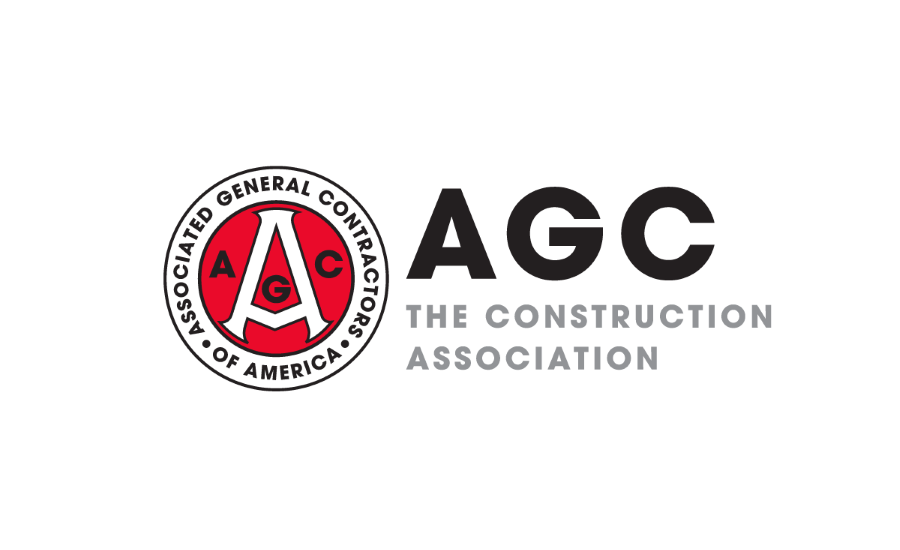According to a report released Sept. 26 by Procore Technologies, Inc. and the Associated General Contractors of America, 78 percent of civil and infrastructure construction firms expect their project backlog to increase or remain the same over the next year as new federal infrastructure funding ramps up. The report, “Top Civil & Infrastructure Trends: Today’s Industry Challenges and Opportunities,” found that many firms are worried that labor shortages and productivity challenges could undermine their success with these projects.
“With increased backlogs prompted by once-in-a-generation government investment in the U.S. and Canada, civil and infrastructure organizations are on the precipice of historic projects across North America,” said Sandra Benson, vice president of industry strategy at Procore. “To achieve these massive undertakings while also navigating the ongoing labor shortage, companies will have to find innovative solutions, improve self-performance and leverage clean data to build better.”
The new report, which is based on a survey of nearly 500 general and specialty contractors, explores how civil and infrastructure organizations in the U.S. and Canada are building today, the challenges they face and the opportunities that lie ahead. The construction association and Procore conducted the survey to measure the potential impacts of hundreds of billions in new federal infrastructure investments on the construction industry.
Civil and infrastructure builders report an average increase of 25 percent in their backlogs – projects they are contracted to complete but have not yet started – since the COVID-19 pandemic. And 78 percent of firms expect that backlog to grow or remain level during the next 12 months.
However, roughly one-third of civil and infrastructure projects fail to meet their specified budget, schedule and quality goals, leaving important opportunities for improvement in project outcomes, according to the survey. The survey pinpointed several key factors influencing these project outcomes. Notably, 60 percent of the most influential success factors identified by civil and infrastructure builders were linked to workforce considerations. Material and labor costs (41 percent), worker skills and training (40 percent), and project management (39 percent) emerged as the top three factors impacting project success, followed by supply chain management (38 percent) and workflow efficiency (35 percent).
“Civil and infrastructure construction is poised to play a greater role in the advancement of the U.S. economy than at any time in the past several decades,” said Stephen E. Sandherr, CEO of AGC. “This report is essential to understanding the current state of civil and infrastructure companies [and] their challenges, and their potential is essential to making sure the opportunities ahead are captured to the fullest.”
Many civil construction firms report they are investing in software and technology to help overcome some of their key challenges. Fifty-two percent of firms report they are adopting technology solutions that improve financial visibility and cost control on projects. Half of firms are utilizing solutions to better schedule and track labor, equipment and materials on projects. And half report they are using planning and estimating software to ensure greater accuracy in their project pricing.
Firms are also changing the way they get involved in projects to ensure they are successful. Forty-eight percent of firms report they get involved at the capital design or conceptual planning phases of projects, and two-thirds (66 percent) are involved in some stage of the design.
To learn more about how civil and infrastructure organizations are building today, download the report here.







